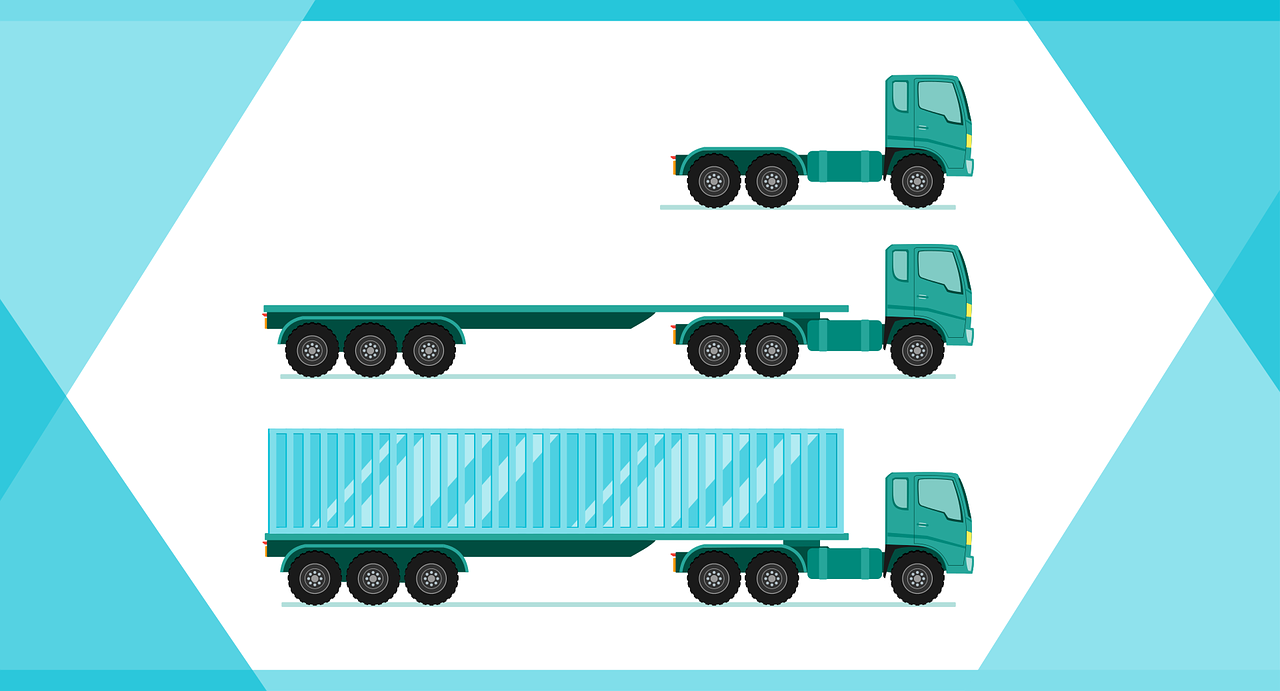
Starting a trucking business with one truck is an achievable goal for aspiring entrepreneurs. With the right planning, dedication, and strategy, you can build a profitable business in the transportation industry. Whether you’re an experienced driver or new to the field, this guide will walk you through the essential steps to launch your trucking business successfully.
In this article, we’ll cover everything from obtaining the necessary licenses to finding your first clients. By the end, you’ll have a clear roadmap to turn your dream of owning a trucking business into reality.
1. Conduct Market Research
Before investing in a truck, it’s important to understand the market demand and competition. Here’s how to get started:
- Identify Your Niche: Decide whether you’ll focus on local, regional, or long-haul trucking. You can also specialize in specific cargo types, such as refrigerated goods or hazardous materials.
- Analyze Competitors: Research other trucking businesses in your area. What services do they offer? What are their pricing models?
- Assess Demand: Look for industries or regions with high shipping needs, such as manufacturing hubs or agricultural areas.
For more insights on conducting market research, check out this guide by the Small Business Administration (SBA).
2. Create a Business Plan
A well-structured business plan is essential for securing financing and guiding your operations. Your plan should include:
- Executive Summary: A brief overview of your business goals and mission.
- Market Analysis: Insights from your research.
- Services Offered: Detail the types of trucking services you’ll provide.
- Financial Plan: Outline startup costs, pricing strategy, and revenue projections.
- Marketing Strategy: Explain how you’ll attract and retain clients.
3. Obtain Necessary Licenses and Permits
Operating a trucking business requires compliance with local, state, and federal regulations. Here’s what you’ll need:
- Commercial Driver’s License (CDL): Ensure you have the appropriate license for the type of truck you’ll be driving.
- Motor Carrier Authority (MC Number): Register with the Federal Motor Carrier Safety Administration (FMCSA) to operate as a for-hire carrier.
- USDOT Number: Obtain a U.S. Department of Transportation (USDOT) number for interstate operations.
- Insurance: Purchase liability insurance, cargo insurance, and other necessary coverage.
For more information on licensing, visit the Federal Motor Carrier Safety Administration (FMCSA).
4. Purchase or Lease a Truck
Your truck is the backbone of your business. When choosing a vehicle, consider the following:
- Type of Truck: Select a truck that suits your niche, such as a flatbed, box truck, or refrigerated truck.
- New vs. Used: Decide whether to buy a new or used truck based on your budget and needs.
- Financing Options: Explore loans, leases, or grants to fund your purchase. The SBA Loan Program is a great resource for small business financing.
5. Set Up Your Business Operations
To run your trucking business efficiently, you’ll need to establish the following:
- Business Structure: Choose a legal structure, such as a sole proprietorship, LLC, or corporation.
- Accounting System: Use accounting software to track income, expenses, and taxes.
- Dispatch System: Invest in dispatch software or hire a dispatcher to manage schedules and routes.
6. Find Clients and Build Relationships
Securing clients is crucial for your business’s success. Here are some strategies to get started:
- Freight Brokers: Partner with freight brokers to find consistent loads.
- Online Load Boards: Use platforms like DAT or Truckstop.com to find available shipments.
- Networking: Build relationships with local businesses, manufacturers, and distributors.
- Marketing: Create a professional website and leverage social media to showcase your services.
For tips on digital marketing, check out this guide by HubSpot.
7. Focus on Maintenance and Safety
Maintaining your truck and prioritizing safety will help you avoid costly repairs and accidents. Follow these tips:
- Regular Maintenance: Schedule routine inspections and servicing to keep your truck in top condition.
- Safety Training: Stay updated on safety regulations and best practices.
- Compliance: Ensure your truck meets all federal and state safety standards.
Conclusion
Starting a trucking business with one truck is a realistic and rewarding goal. By conducting thorough market research, obtaining the necessary licenses, investing in the right equipment, and building strong client relationships, you can establish a successful and profitable business.
Remember, the key to long-term success is adaptability. Stay updated on industry trends, prioritize safety, and continuously improve your services. With hard work and perseverance, your trucking business can thrive in this competitive market.






